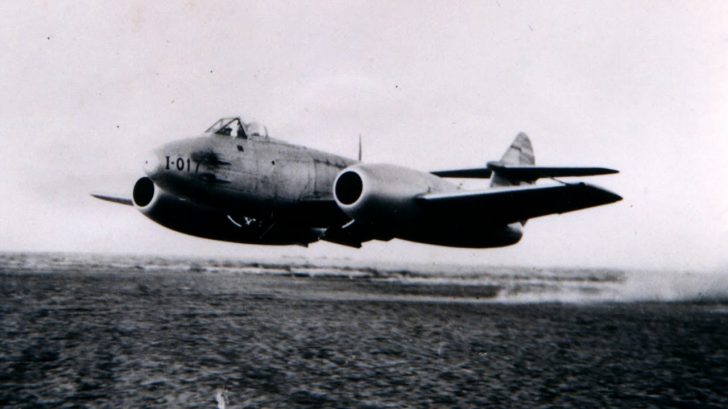Air combat during WWII was dominated by propeller-driven aircraft. Regardless, the Allies were still cautious about the fact that the Germans had jets in their arsenal.
In lieu of this, they decided to make one of their own. It would be called the Gloster Meteor and was the Allies’ only jet aircraft to engage in combat during the war. Here are five facts about this record-breaking jet plane:
1. Had a rocky start during development
It was first powered by W.2B turbojets, but they quickly found out that the generated thrust wasn’t enough for the aircraft to take off.
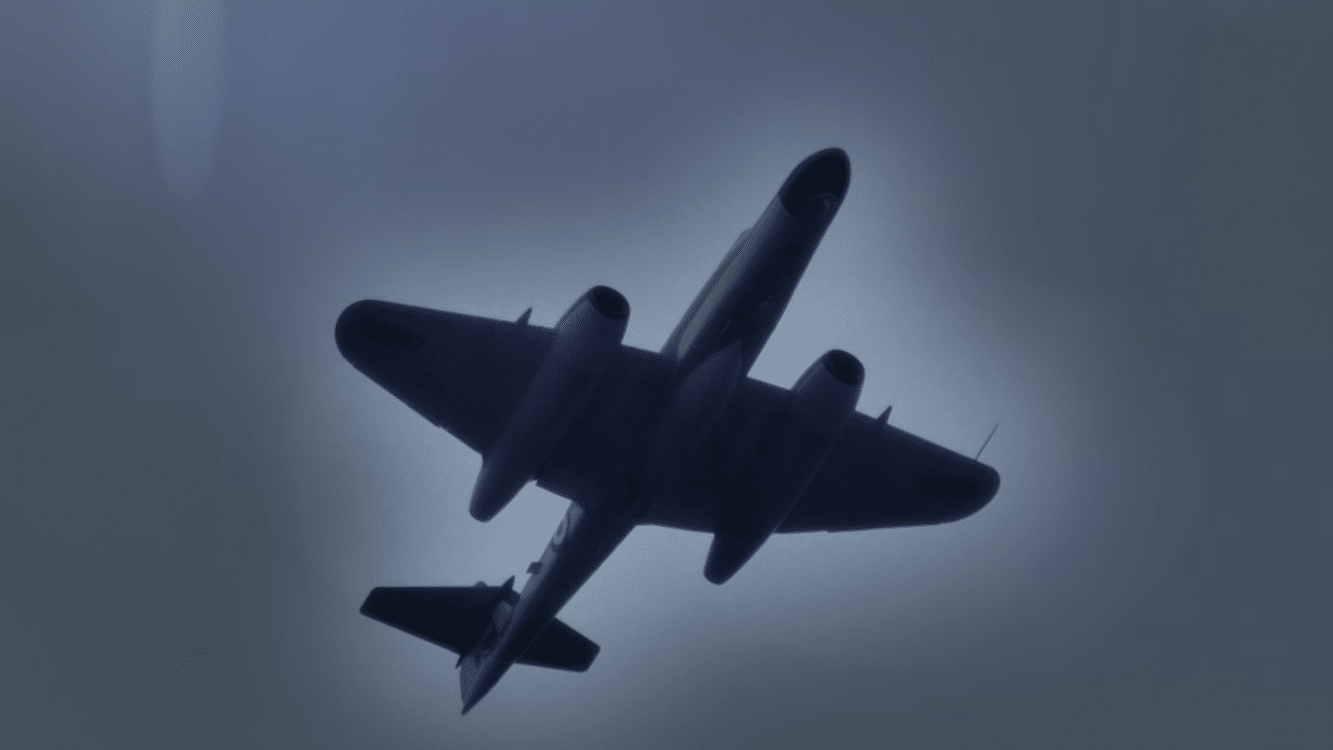
The Meteor finally took off on the fifth prototype, while fitted with two Halford H.1 engines. However, only two prototypes flew with the engines because of their low flight endurance.
2. Outstanding climb performance
At sea level, the Gloster Meteor had a rate of climb of 7,500 feet per minute. It could also reach 30,000 feet in just five minutes and had a service ceiling of 34,000 feet.
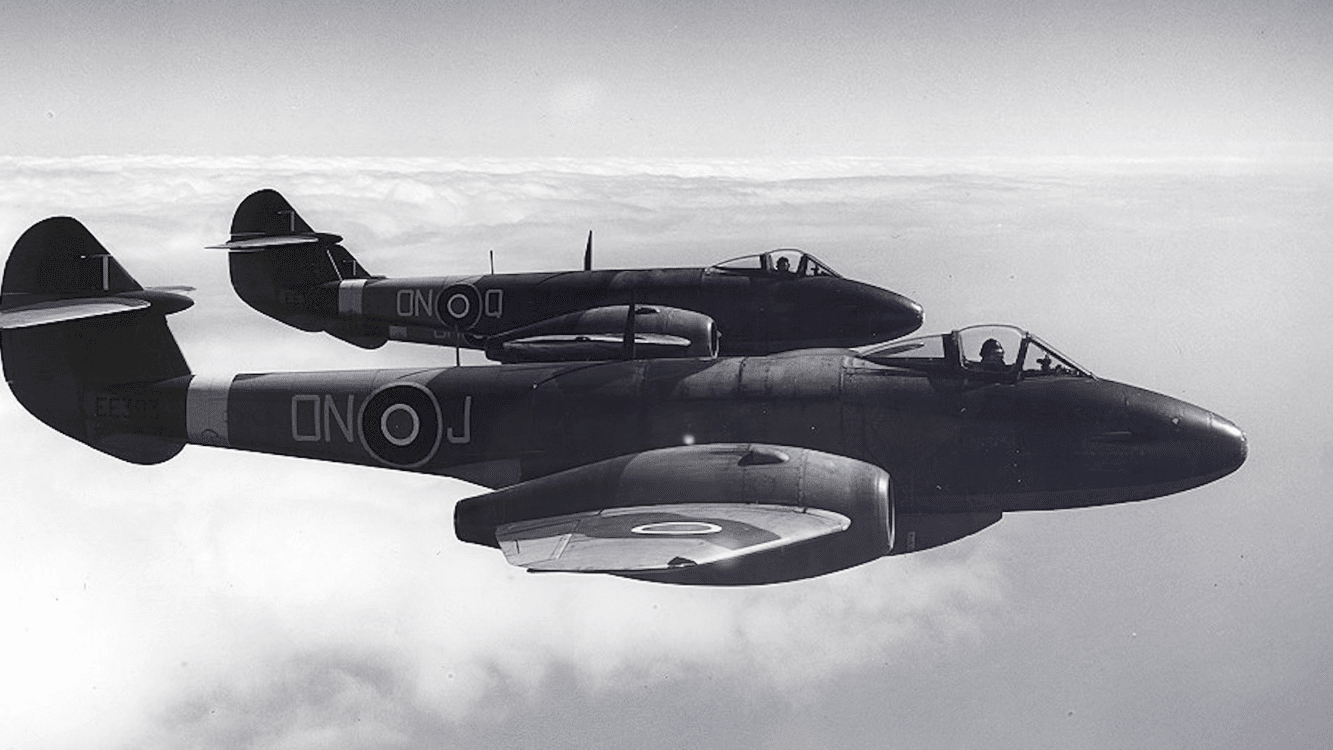
3. High casualty rate
890 Meteors were lost while in service with the RAF – 145 of these in 1953 alone.
In total, it resulted in the death of 450 pilots due to its poor brakes, malfunctioning landing gear, high fuel consumption, and short flight endurance. Most notably, there were no ejection seats available at that time.
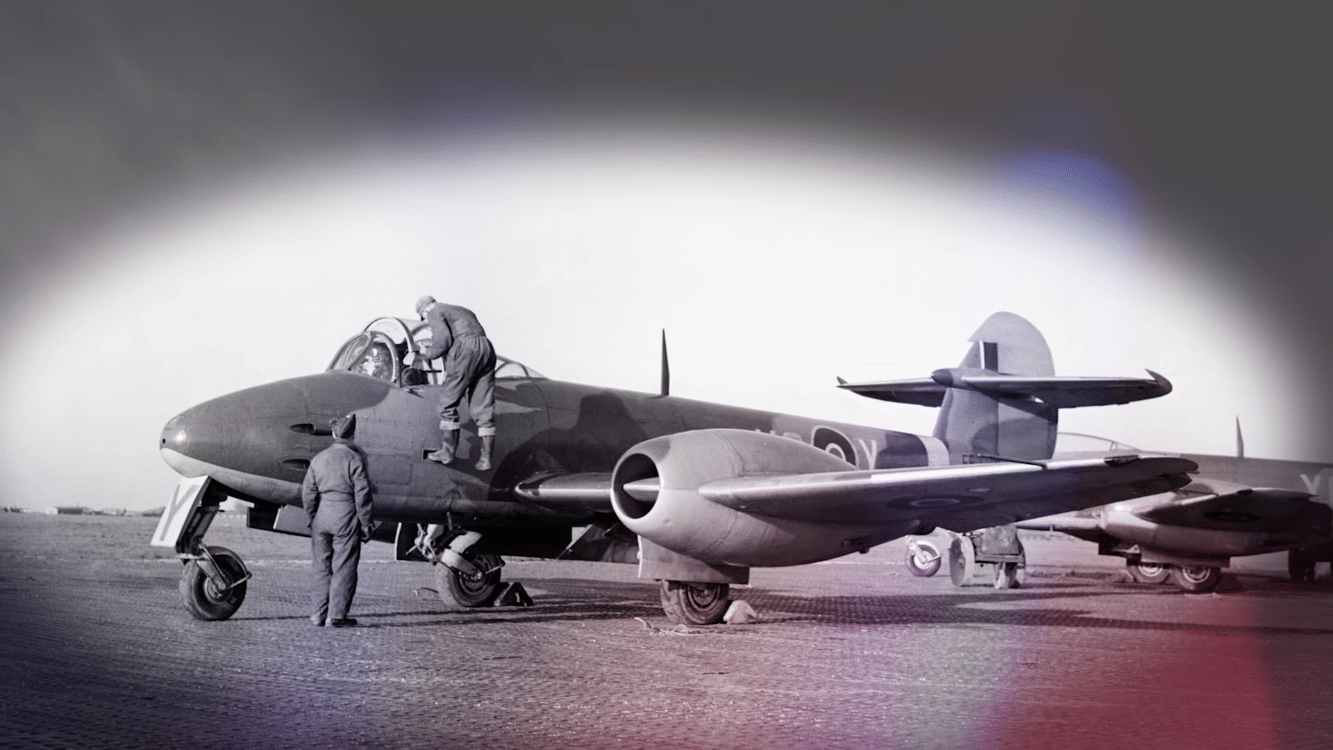
4. Broke several aviation records
A Meteor F.3 set the first official airspeed record for a jet aircraft on November 7, 1945. The F.3 flew at a record speed of 606 mph that day, but it was later surpassed by a Meteor F.4 a year later when it reached 616 mph.
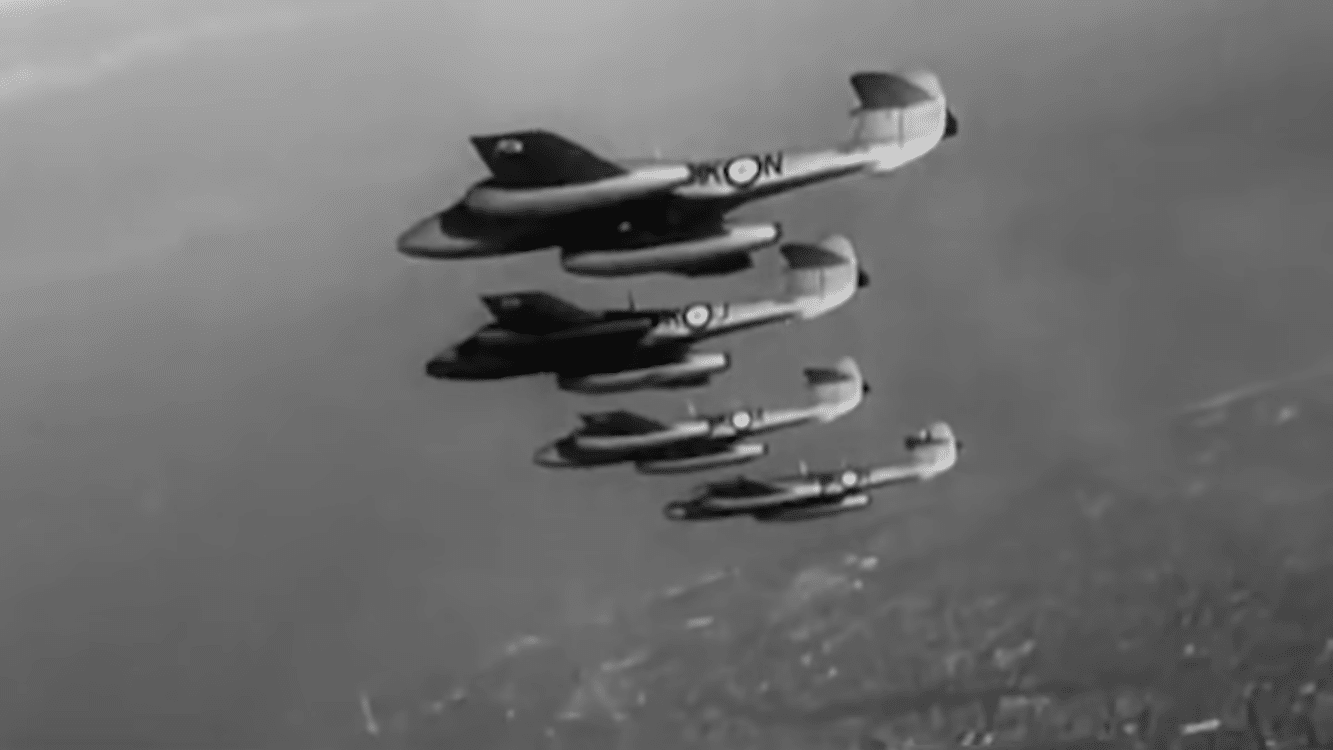
5. Countered the V-1 Buzzbomb
The first operational combat mission of the Meteor involved “killing” the German flying bombs. By the end, the Meteors were credited with destroying 14 flying bombs.


